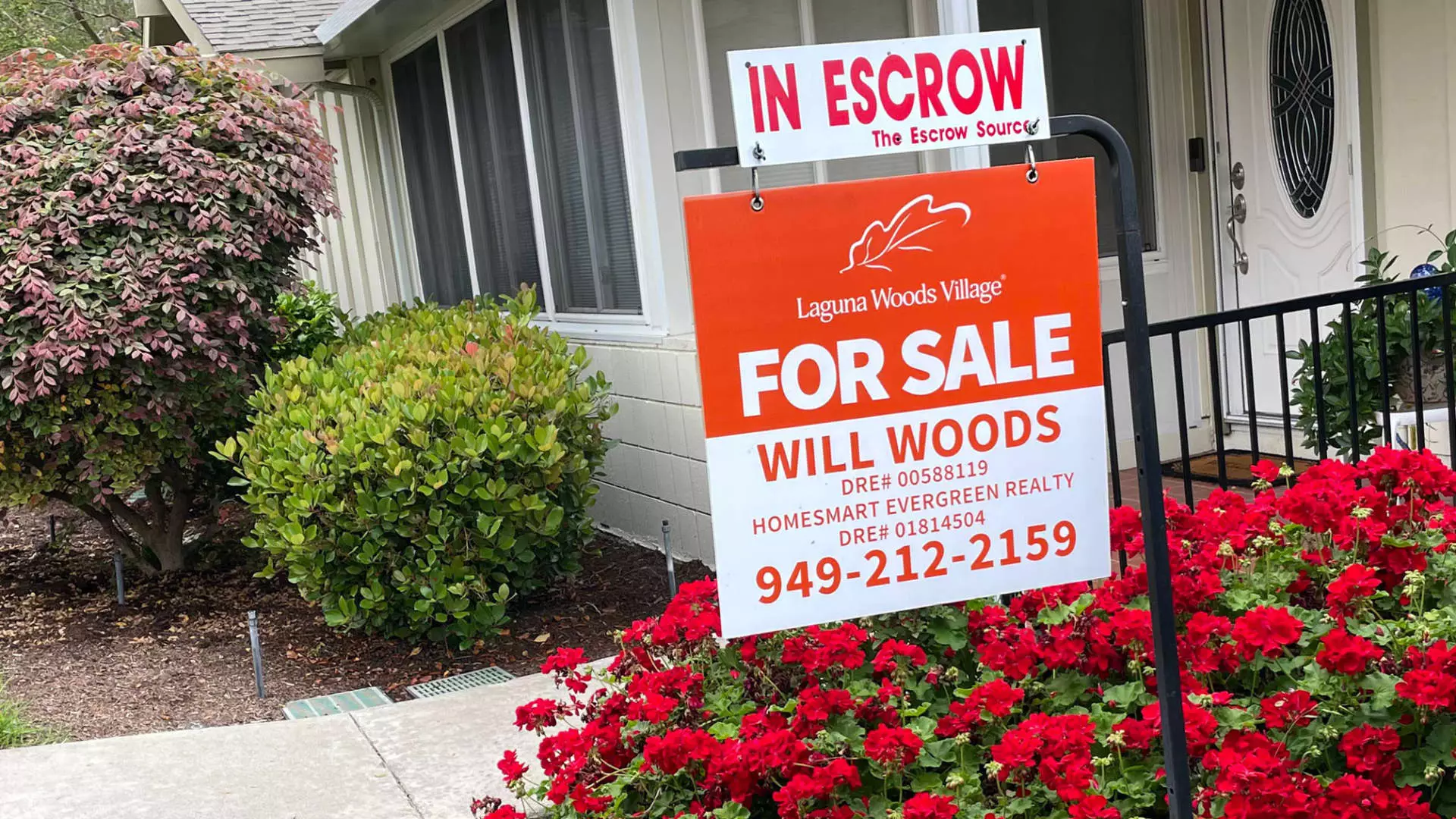The housing market in December experienced a pronounced downturn, with signed contracts for existing homes falling by 5.5% compared to November, as reported by the National Association of Realtors. This downturn marked a stark contrast to the preceding four months of incremental growth. Such metrics are critical since pending sales often serve as a precursor to actual closings, providing a snapshot of market activity. The market’s decline to its lowest point since August suggests a shift in buyer sentiment, particularly as interest rates continue to rise.
A significant factor contributing to this decline is the sharp increase in mortgage interest rates. During December, the average rate on a 30-year fixed mortgage surged from 6.68% to as high as 7.14%, creating a steep hurdle for prospective buyers. While many buyers had started adapting to a “new normal” characterized by elevated interest rates, crossing the 7% threshold appears to have triggered a psychological barrier. This suggests that consumer confidence may hinge not only on numerical data but also on market perceptions. With financing options becoming less attractive, many potential homebuyers have opted to remain on the sidelines, further dampening demand.
The drop in pending sales was not uniform across the country; in fact, all regions reported decreases, with the most affected being the West and Northeast. The West experienced an 8.1% drop, while the Northeast saw a substantial 10.3% decrease. Since these areas are known for their high home prices, the implications of rising mortgage rates appear to be pronounced, creating significant barriers to affordability. Lawrence Yun, the chief economist for the Realtors, emphasized that job growth tends to stimulate more activity in relatively affordable regions, indicating a potential widening of the affordability gap within the housing market.
Interestingly, while pending sales of existing homes declined, the newly built home sector displayed a degree of resilience. The U.S. Census indicated a rise in new home sales, a phenomenon attributed largely to aggressive strategies employed by homebuilders. Many builders have been actively lowering mortgage rates to entice buyers, highlighting a shift in tactics to stimulate demand amid challenging market conditions. This contrasts sharply with the broader market, which seems to be grappling with price stagnation and reduced buyer activity.
Despite the relative stability in new home sales, the market overall faces severe challenges. Home prices nationwide remain high, and the S&P Case-Shiller national home price index has indicated that annual gains have continued to accelerate into the latter part of 2022. In January, the lack of a rebound in homebuying demand has become apparent; mortgage applications to purchase homes were down by 7% compared to the same period the previous year. Furthermore, a report from Redfin underscores that homes are selling at their slowest rate in five years, with a typical home languishing on the market for an average of 54 days before an offer is accepted—this period is the longest since March 2020.
As we move forward, the supply side of the housing market presents some silver linings. January saw a notable 37% increase in new home listings compared to December. While this rise in inventory may begin to alleviate some pressure on prices, the overall sentiment remains cautious. The coming months will likely reveal whether buyers are poised to adjust their strategies in response to these changes or continue to hesitate against a backdrop of fluctuating mortgage rates and persistent affordability concerns. The path ahead for the housing market is still uncertain, and stakeholders must remain vigilant and responsive to the evolving landscape.

